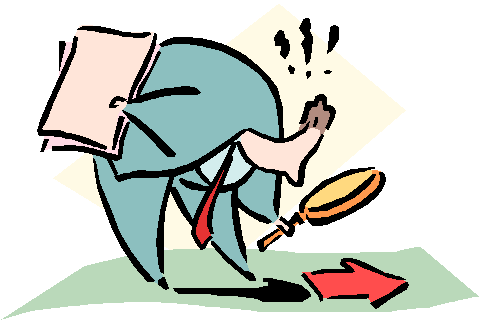Links
|
Five Steps to Analysis |
Five
Steps to Analysis
|
 |
You can analyze a
text by using
Understanding how to approach analysis is the first step to analyzing texts.
|
►Think Critically ►Ask questions ►Find necessary information ►Interpret and assess information ►Make and assess your own arguments ►Application Example |
|
2. Ask questions
Ask questions that will lead to
the exploration of a topic.
|
|
4. Interpret and assess information
|
5. Make and assess your own arguments
|
-
Application Example
In order to demonstrate the differences between summarizing and analyzing I have provided two samples of a paper about William Shakespeare’s play Hamlet. The first example summarizes, using no analytic techniques. The second example analyzes why specific events took place in Hamlet.
By pointing out the mistakes made in the summary example and the improvements made in the analysis example you will see how analysis can better your paper.
Kelly Stevens, 20 April 2004